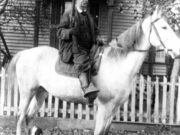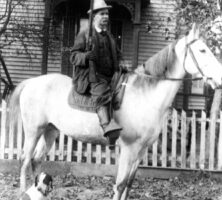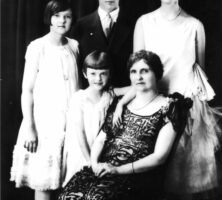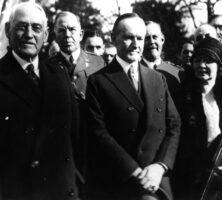Lamartine Hardman was the governor of Georgia from 1927 to 1931. Considered to be one of the wealthiest men in north Georgia at the turn of the twentieth century, Hardman was a successful physician, entrepreneur, and farmer from Jackson County. As governor, Hardman advocated a businesslike administration of the state’s government and was best known for his effort to make governmental processes more efficient.
Lamartine Griffin “L.G.” Hardman was born in Harmony Grove (later Commerce), in Jackson County, on April 14, 1856. He was the son of Susan Elizabeth Colquitt and William B. J. Hardman, a prominent physician and preacher. Hardman graduated from the Georgia Medical Department of the University of Georgia in Augusta (later Georgia Health Sciences University) in 1877 and later studied in New York, Pennsylvania, and London. In 1890 he returned to Harmony Grove, where he joined his father’s medical practice. During this time Hardman experimented in the field of anesthesiology, having been influenced by the work of physician Crawford Long, a medical pioneer from nearby Jefferson. In 1907 Hardman married Emma Wiley Griffin, the daughter of a socially prominent Valdosta family. Together they had a son and three daughters.
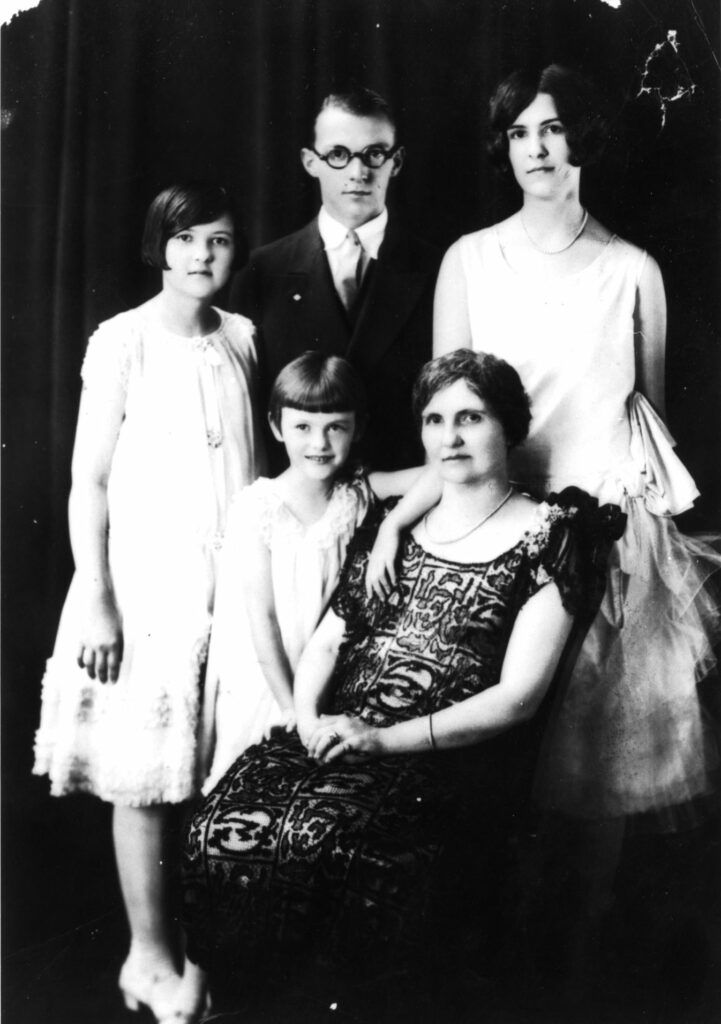
Courtesy of Richard B. Russell Library for Political Research and Studies, University of Georgia Libraries.
Hardman founded and served as president of several financial institutions, textile and manufacturing corporations, and public service organizations, in addition to owning approximately 10,000 acres of peach and apple orchards in seven Georgia counties. Hardman also served as a trustee for several institutions of higher learning, including the Georgia State College of Agriculture in Athens (later the Agriculture College at the University of Georgia) and Mercer University in Macon.
Hardman served in the state legislature from 1902 to 1907. There he sponsored the state’s prohibition legislation, citing not only religious objections but also evidence from his knowledge of medicine. He also sponsored a bill establishing the State Board of Health and numerous pieces of agricultural legislation. Hardman served as the state fuel administrator during World War I (1917-18). After two unsuccessful attempts in 1914 and 1916, Hardman was elected governor in 1926, becoming the state’s oldest elected governor at the age of seventy-one. Two years later he was elected for a second term.
Hardman’s most significant accomplishment as governor was the establishment of a study in government efficiency, called the Allen Commission on Simplification and Coordination, headed by the Atlanta businessman Ivan Allen Sr. Although Hardman was unable to convince the legislature, with the onset of the Great Depression in the early 1930s, to embrace the dramatic changes proposed by the commission, the findings of the Allen Commission ultimately paved the way for wide reorganizations of state government, which were brought about by Hardman’s successor, Richard Russell Jr.
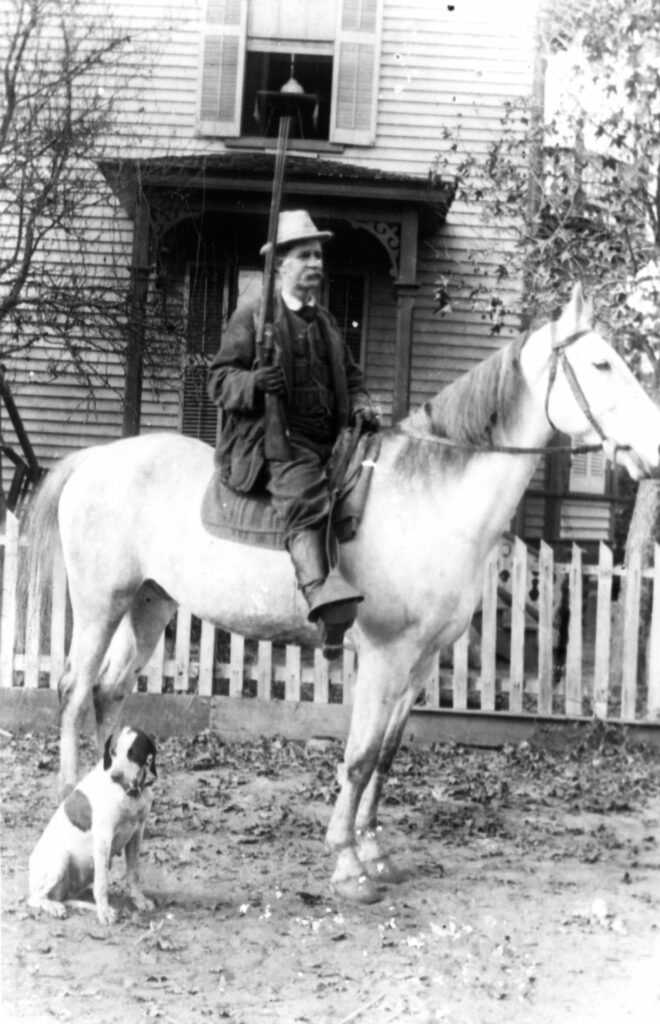
Courtesy of Richard B. Russell Library for Political Research and Studies, University of Georgia Libraries.
Hardman’s term as governor was plagued by illness and fatigue. On February 18, 1937, he died of a heart ailment at Emory University Hospital at the age of eighty. He was buried in the Gray Hill Cemetery in Commerce.


